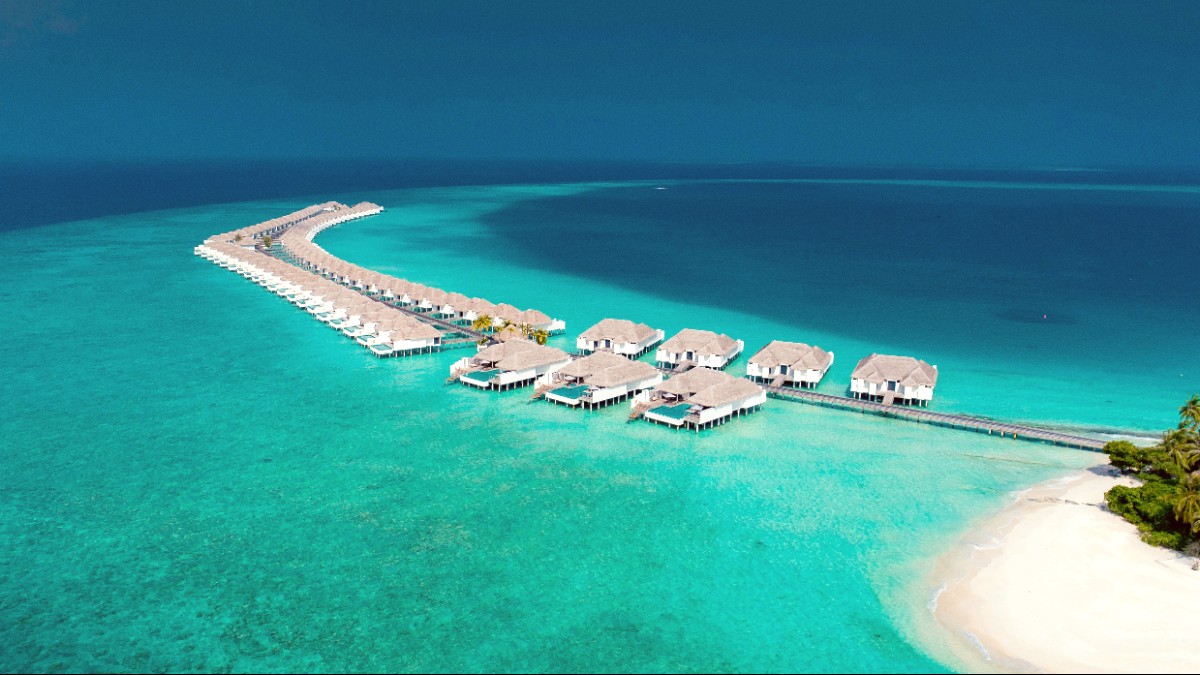
Maldives
The Maldives' history, with its trade routes and fishing heritage, heavily influenced its food. Staple ingredients are fish, especially tuna, coconuts, and starches like rice, taro, and breadfruit.
These ingredients sustained island communities for centuries, forming the backbone of their diet. Simplicity and freshness define the cuisine.
Meals are often eaten communally. Food is typically served on large platters for sharing or as individual plates. Washing hands before eating is customary.
Western dining etiquette is standard. Some fine dining restaurants may have smart casual or semi-formal dress codes for dinner. Verify policies with your specific resort.
Breakfast: 7:00 AM - 10:00 AM. Lunch: 12:00 PM - 2:00 PM. Dinner: 7:00 PM - 10:00 PM. Snacks (Hedhikaa): Popular throughout the day with tea or coffee.
A clear fish broth, typically with tuna. Locals serve it with rice, a squeeze of lime, and chili. A staple Maldivian dish, found in local eateries and guesthouses. This simple, flavorful soup brings comfort.
A comforting fish broth, often with tuna.
Shredded smoked tuna, grated coconut, onion, and chili, all mixed together. A traditional Maldivian breakfast, often eaten with Roshi (flatbread). Widely available in guesthouses and local cafes. Freshness and distinct flavors define it.
Shredded smoked tuna with coconut, onions, and chili.
Various savory fried snacks, often fish-based. Ideal for a quick bite or afternoon tea. Examples: Bajiyaa (fish-filled pastry), Gulha (fish/onion/coconut dumplings), Keemia (fried fish rolls), Kavaabu (fish cutlets). Find these in local cafes and tea shops on inhabited islands.
Savory fried snacks for a quick local taste.
A sweet dish made with sago palm, coconut milk, and rose water, a comforting pudding.
Delicious fried banana fritters, a simple yet satisfying treat.
Exclusively found within luxury resorts. These establishments feature international cuisines, including Italian, Japanese, Indian, and Mediterranean.
Available in larger guesthouses and some standalone restaurants on inhabited islands like Dharavandhoo or Eydhafushi.
Local fish markets exist on larger inhabited islands. No large food halls are present.
Resorts generally manage dietary needs well, with dedicated vegetarian/vegan dishes or custom meals upon advance notice.
Local islands present more challenge; cuisine is fish-based. Vegetarian options feature rice, vegetable curries, lentils, or eggs. Vegan options are very limited.
The Maldives is a 100% Muslim country, all meat on local islands and resorts is halal.
Kosher is not widely available. Special arrangements might occur at luxury resorts with advance notice, but it is not a standard offering. Bringing some certified kosher snacks is advisable.
Resorts are best equipped. Communicate needs clearly and in advance. Chef or F&B manager may assist.
More difficult on local islands due to limited resources. Carry a Translation card for allergies.
Inform your accommodation in advance about dietary restrictions. This allows preparation and suitable options.
Consider packing some preferred snacks that meet your dietary needs, especially for excursions.
Opportunities for farm visits are limited. Most food (except fish and coconuts) is imported due to the small size of the islands.
Some resorts maintain small herb gardens, which you might tour.
The main local food production is fishing. You might observe local fishermen at work on inhabited islands.
Coconuts are abundant and used widely in local dishes.
Special sweets and savory dishes are prepared during Islamic holidays like Eid al-Fitr and Eid al-Adha.
Dining at local cafes and guesthouses on inhabited islands directly supports the local economy.
Maldivian cuisine relies heavily on fresh ingredients, especially fish and coconut. Be prepared for bold flavors, often with chili.